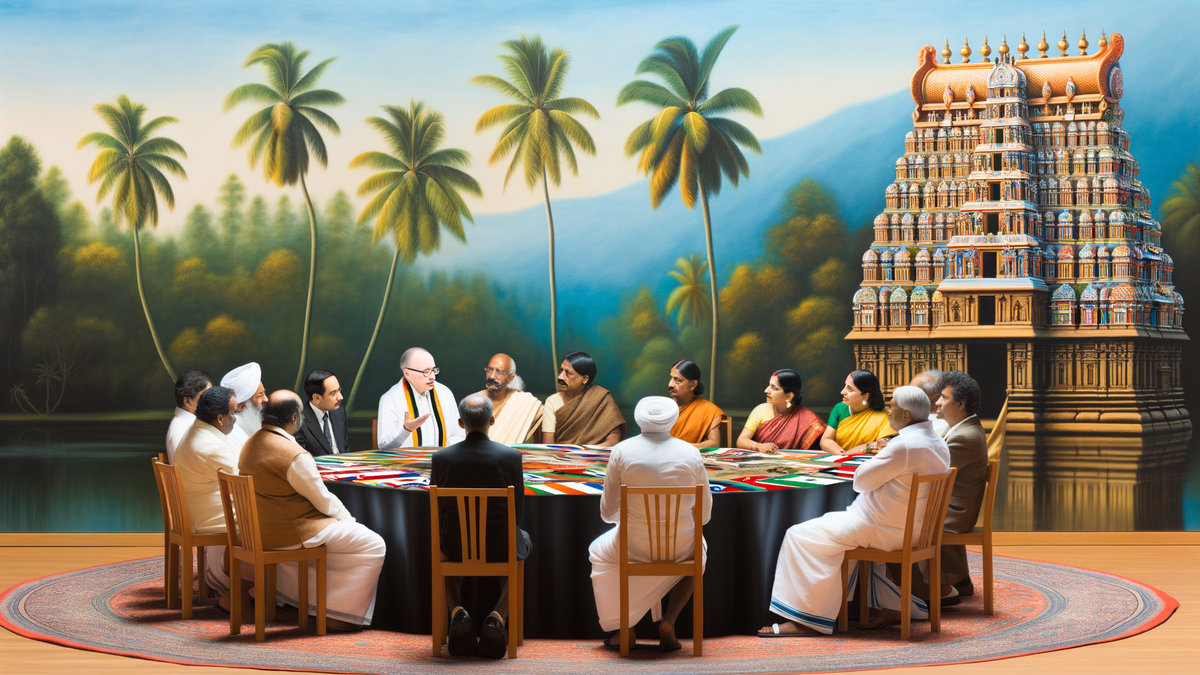
The linguistic landscape of India is as diverse as its cultural fabric, with 22 officially recognized languages and hundreds of dialects spoken across the country. The debate over Hindi as the ‘national language’ of India has been a contentious issue, especially in the southern states. While the anti-Hindi agitations of the 1960s and 1970s marked a turbulent period in Tamil Nadu, highlighting the resistance against the imposition of Hindi, Kerala’s response to the Hindi language presents an intriguing contrast, showcasing a unique blend of resistance and acceptance.
Historically, Kerala has maintained a relatively open stance towards Hindi, despite the strong anti-Hindi sentiments in its neighboring state. This attitude stems from a variety of socio-political and historical factors that differentiate Kerala’s linguistic identity and politics from those of Tamil Nadu. Kerala’s educational policy, which makes the learning of a second language mandatory in schools, has also played a significant role in fostering a multilingual culture. Hindi, being one of the options, is widely taught and learned, paving the way for a broader acceptance amongst the populace.
Furthermore, Kerala’s political landscape and its history of progressive movements have contributed to a more inclusive approach towards languages. The state has consistently emphasized the importance of linguistic diversity, viewing it as an asset rather than a threat to its cultural identity. This perspective has facilitated a more harmonious relationship with Hindi, seen not just as a language imposed from the north, but as one of the many languages that enrich India’s cultural mosaic.
It’s important to note that Kerala’s acceptance of Hindi does not negate the pride it takes in its own language, Malayalam. Malayalam enjoys robust support and promotion from both the government and the public, ensuring that the state’s linguistic heritage is preserved and celebrated. The approach towards Hindi is more about inclusivity and practicality, acknowledging the advantages of multilingualism in a country as diverse as India.
Nonetheless, this acceptance is not without its challenges and nuances. There are pockets within Kerala where resistance to Hindi is more pronounced, mirroring broader national debates over language policy and identity. These instances, however, have not escalated to the levels of agitation observed in Tamil Nadu, thanks in part to the state’s overall commitment to maintaining linguistic peace and harmony.
The case of Kerala offers an insightful look into the complexities of language politics in India. It demonstrates how historical contexts, educational policies, and socio-political attitudes converge to shape a state’s relationship with languages. Kerala’s journey towards linguistic harmony, amidst the contentious debates over Hindi’s prominence, highlights a path of accommodation and coexistence, suggesting that unity in diversity can indeed extend to the linguistic realm.








